Carnivorous Snails For The Saltwater Aquarium
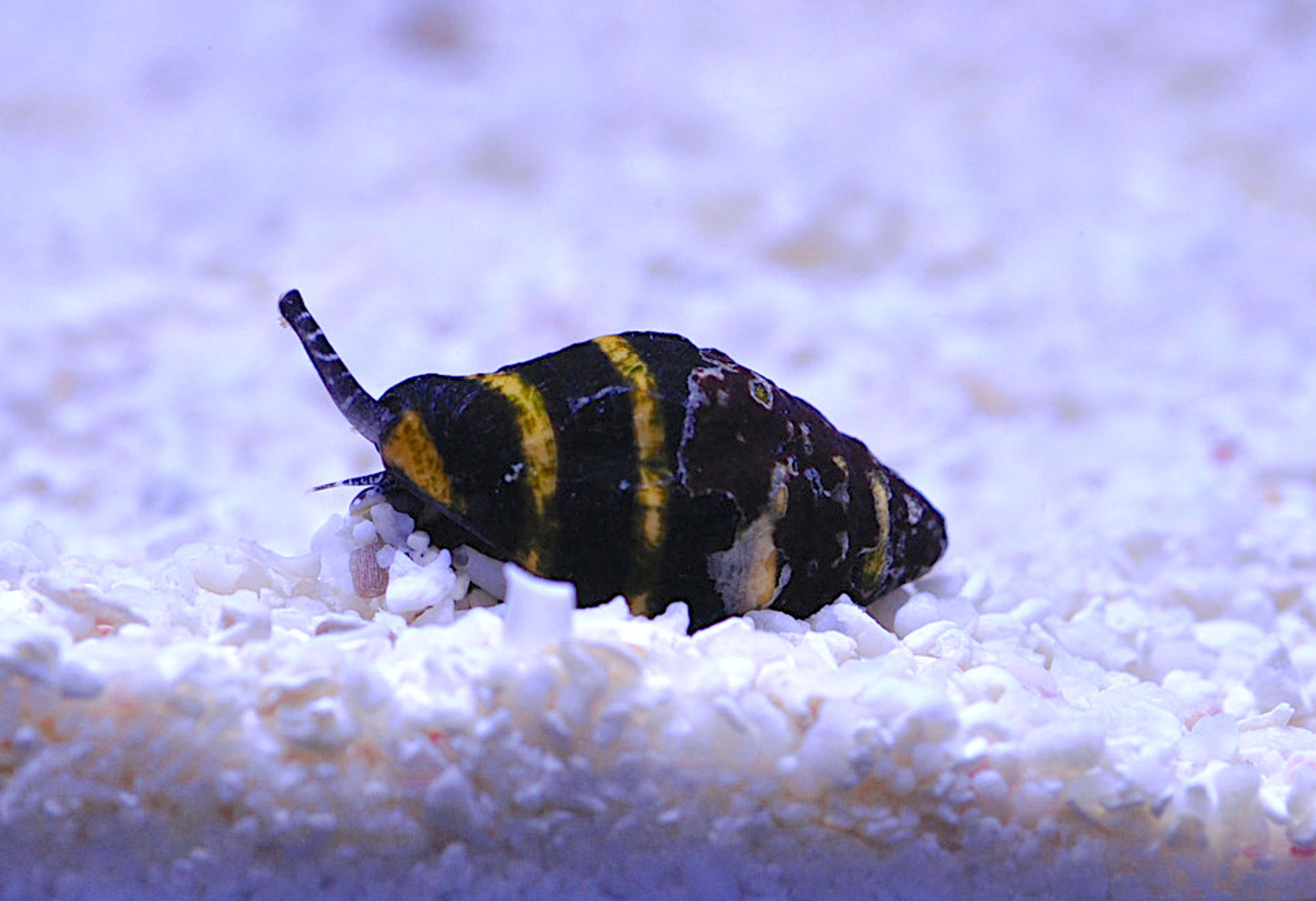
Marine snails are an enormously diverse group, but, strangely, aquarists tend to overlook much of the variety this group has to offer. Think of all the obscure fishes and corals that regularly find their way into the aquarium trade; the same does not hold true for gastropods. For most, the only snails of importance are those which provide some direct service. Herbivorous snails, like Turbo and Astrea, are hugely popular thanks to their proclivity for dining upon nuisance algae, but there are plenty more groups that prefer a meatier diet.
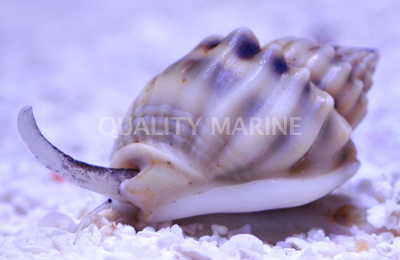
Nassarius is probably the most well-known example. These small snails pull double duty, helping to clean up uneaten foods while simultaneously stirring up sandy substrates in the course of their burrowing. Many more groups have a similar diet, either as scavengers or as predators upon other mollusks. Some of these are small and useful additions to the average reef aquarium, while others grow especially large and are best thought of more as pets which will require direct feeding on the part of the aquarist.
Nassarius belongs to a large superfamily called Buccinoidea, whose members are carnivorous, either as predators or scavengers. Whelks (Buccinidae) are a particularly speciose example, with at least 1,500 examples found in just about every marine habitat on the planet, though the group is seldom encountered in aquariums. One prominent exception, however, is the freshwater Assassin Snail (Clea helena), which is employed for its ability to prey upon other nuisance snails.
Elsewhere among the buccinoids we find the Tulip Snail (Fasciolaria tulipa) and the Horse Conch (Triplofusus papillosus), both members of the Fasciolariidae. These are some of the largest snails found in the West Atlantic, with the latter capable of reaching up to two feet in length. The smaller Tulip Snail (which grows upwards of 9 inches) lives in seagrass beds and feeds upon bivalves and snails. The Horse Conch occurs alongside it here, feeding on a similar diet one which includes Tulip Snail on the menu. Obviously, it is unwise to house these two together, and, in general, it is best to avoid mixing most of the predatory snails. Aquarists have also reported these to prey upon hermit crabs. Given their eventual size and their incompatibility with certain invertebrates, these snails are best matched for those aquarists with large aquariums devoid of their potential prey.
The Florida Crown Conch (Melongena corona) is an attractive mid-sized species whose shell features a beautiful embellishment of spines across its spire. It belongs to yet another buccinoid family, the Melongenidae, but, interestingly enough, this group is only a distant relation to the true conchs in the distantly related Strombidae, which are herbivorous or detritivorous. This confusing nomenclature is a result of their overall similar morphology, but, as tends to be the case with snails, it is the soft parts that best indicate their true evolutionary origins.
The Lightning Whelk (Sinistrofulgur, formerly Busycon) is another large buccinoid from the Atlantic, capable of reaching 16 inches. The species occurs in shallow bays and seagrass beds, where they ply their trade predating upon bivalves. Unlike the previous groups, this species has a leftwardly coiled shell, and it has been suggested that this made them sacred objects among the regions Native American tribes. The egg cases resemble a puka necklace writ large and are a common sight washed ashore on beaches, earning them the evocative nickname mermiads necklace.
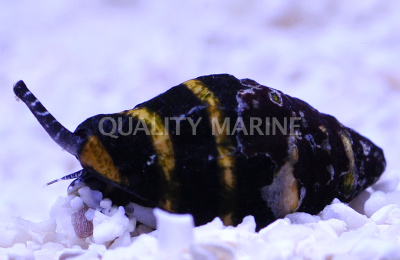
Engina is a diverse genus of pisaniid snail (yet another lineage in the buccinoid superfamily). Among aquarists, these go by the name Bumblebee Snail, and they function as a sort of non-burrowing alternative to Nassarius. Another related family are the columbellids, whose small members, known as dove snails, are occasionally seen for sale. These often regularly hitchhike in on pieces of live rock and coral.
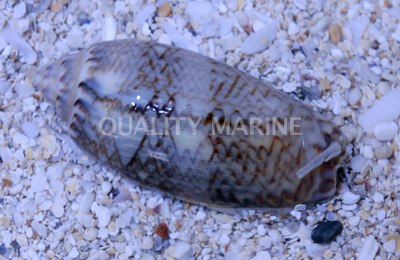
Olive snails are a different beast entirely. They belong to their own superfamily, the Olivoidea, though all of the groups discussed here form a single lineage termed the Neogastropoda. Unlike the species mentioned thus far, olive snails are burrowers and function much like a larger version of a Nassarius snail. Their highly streamlined cylindrical bodies are perfectly adapted for plowing beneath the sands, and its here that they seek out their diet of small invertebrates, which might include any number of worms, crustaceans, and mollusks, as well as scavenged morsels. In life, a thin mantle extends over the shell, protecting it and lending it a pristine sheen. This can lead to some confusion with the superficially similar cowries and cone snails.
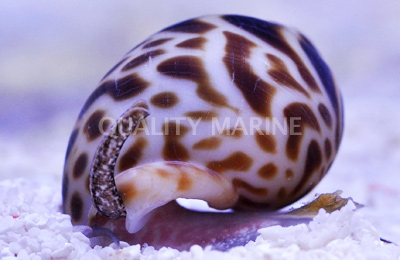
Another faux-Nassarius can be found with the burrowing snails of the genus Babylonia. The attractive orange and white shells of this gastropod offer a premium alternative for those demanding aquarists out there seeking only the very finest in fossorial snails. These are a close relative of another interesting group, the murex or rock snails of the family Muricidae. These fill a similar niche, predating upon a variety of bivalves and gastropods, but they tend to occur most readily in rockier habitats.
Captive care of any of these predatory snails requires that an adequate supply of food be provided. For some of the smaller species discussed, there is typically more than enough nutrition to be had in the average aquarium, but the larger snails often require regular direct feeding with meaty items. This puts some limitation on the sorts of aquariums that these creatures can be suitably housed in, but they are well worth the effort.